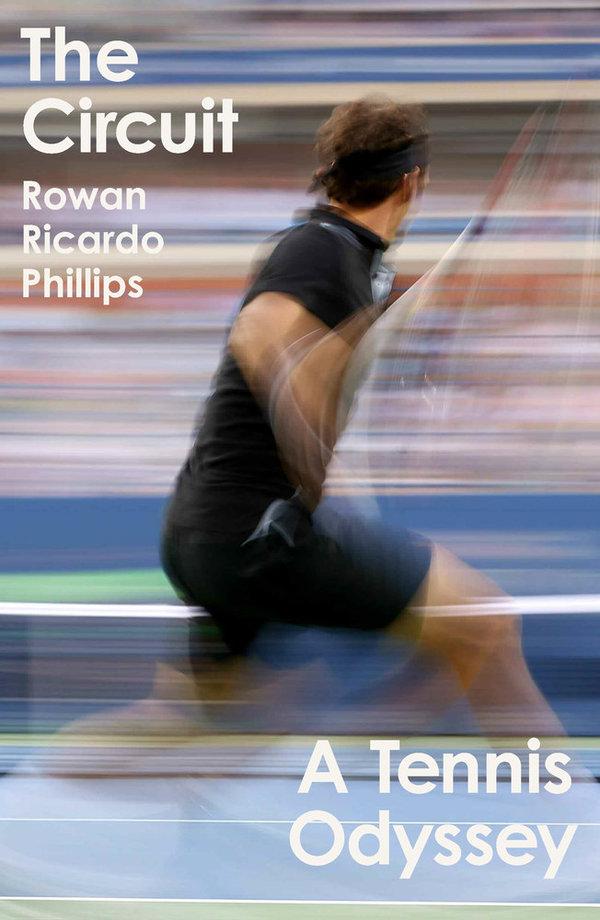
Nonfiction: A Poet Who Loves Tennis Follows the Grand Tour, in Prose
An award-winning poet and translator, Phillips reveals his love of tennis on every page. There is a generosity of spirit toward the reader as he explains the tournament calendar, how the A.T.P. ranking system works and how important seedings are in Grand Slam draws. He even includes a comprehensive glossary of tennis terms. A passionate player himself, Phillips views the game as something to share, an organizing principle in his life, as important to him as literature and writing. “Tennis is a game I inherited from my parents,” he writes. During the European clay court season, he watches matches with his young daughters before they go off to school, teaching them about “time zones, geography and the changing surfaces of the tennis year.”

But a dark undercurrent runs through the book, as Phillips grapples with the dispiriting historical moment of January 2017: The Trump inauguration nears and the world feels disordered and frightening. In a brief section titled “The Idea of Order at the Australian Open” (a tip of the hat to Wallace Stevens), Phillips speaks directly to the reader, suggesting that tennis can help one maintain sanity in difficult times: “January 2017 was an event horizon we all crossed kicking and screaming. There was no way out but forward, into the uncertainty of an unfamiliar world. And at the center of it was the Australian Open. … We watched tennis together in the middle of the night, you and I. Maybe you skipped Brisbane, Doha, Chennai, Auckland and Sydney, but I know you were up with me for Melbourne. … You know the Australian Open wasn’t going to either change or save the world, but you decided to take a peek anyway at any odd hour you could, because tennis can offer what Robert Frost said poetry provides: a momentary stay against confusion.”
Phillips’s analysis of the Federer-Nadal final in Melbourne is the highlight of the book, and this is appropriate since the match was the best of the year, easily eclipsing the anticlimactic, straight-set drubbings of the other three Grand Slam finals. His description of the contrasting styles of Federer and Nadal is incisive, lucid and inspired. He zeroes in on the technical change in Federer’s backhand (he hits the shot flatter, to hurt Nadal with a more penetrating ball), and describes the new swing perfectly: “You could see the difference on the shot off the racket, you could see the difference in his follow-through; it was curter — the high curlicue finish of the racket with a twist of the wrist was gone. … He swung the backhand now more like someone opening a stuck door.”
The book moves to Indian Wells (which the author attends in person, instead of following his usual custom of watching matches on television), then on to Miami, and then across the Atlantic for the European clay court season. Surprisingly, Phillips writes very little on Nadal winning his 10th French Open title, but he does provide a fine portrait of the Belgian player David Goffin. He profiles a left-handed Spaniard who is not named Rafael Nadal, the clay court specialist Albert Ramos Viñolas, who, Phillips says, “is one of those thoughtfully skilled throwback players whose game grows two dimensions on clay.” That Phillips chooses to write in detail about Goffin and Ramos Viñolas is yet another gift to the tennis aficionado — an infectious appreciation of the superb but unsung players on the Tour.
Much of this material first appeared in The Paris Review, where Phillips writes on sports, particularly soccer and tennis. One such section, “The Ghost in the Dirt,” delves into the history and origins of red clay courts, which Phillips traces to a posh hotel in Cannes in the late 19th century. This historical digression, though interesting and well researched, seems shoehorned into the book.


